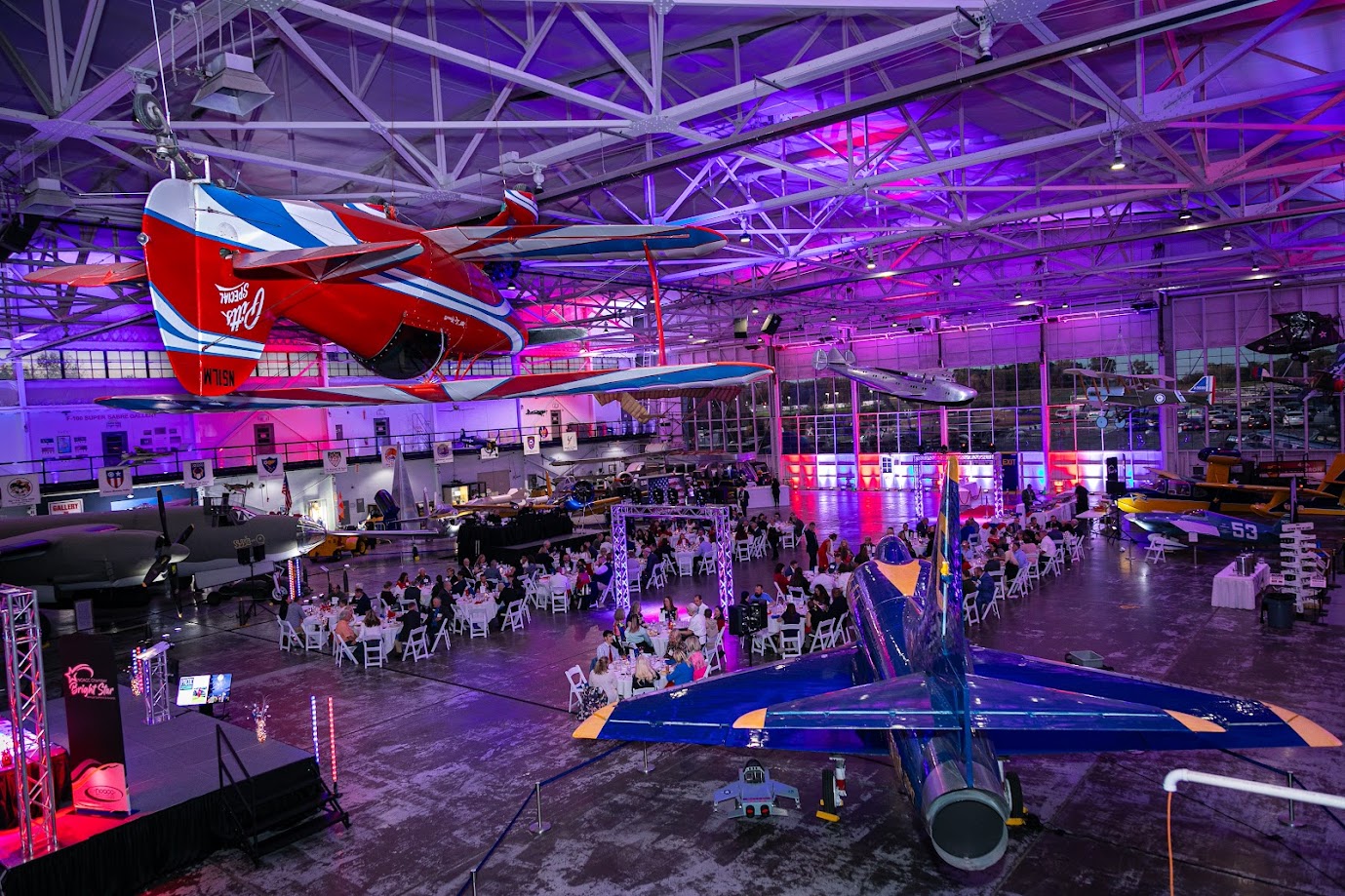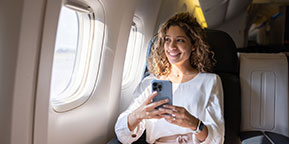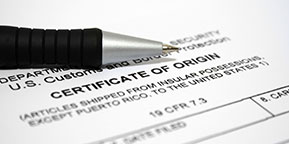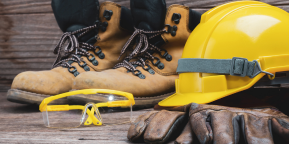Saving Businesses on Everyday Expenses –
Every Day!
Through Local Chamber of Commerce Membership
Save Today!
About Us
Supporting Business Through Chamber Membership
Through their partnership with NOACC, chambers offer their member businesses many cost-saving program opportunities.
Incorporated in 1995, the Northern Ohio Area Chambers of Commerce (NOACC) was established to provide tangible benefits of chamber membership to local businesses. NOACC has now grown to over 140 chambers of commerce–some volunteer managed, some county-wide in scope–and some of the NOACC chambers have grown ten-fold with the adoption of these benefits.
By The Numbers
Chambers of Commerce
Counties Served
Cost Saving Programs
th
Anniversary of NOACC
Benefits
Our Member Benefits
Finding opportunities to save businesses on everyday expenses - every day!

Events
Attend Your Chamber's Events
Our member's events can be a great opportunity for networking with other business owners and entrepreneurs.
Read MoreMember Directory
Join Today!
Why Join?
Here’s why you should join your local Chamber of Commerce
REASON #1
A Chamber membership provides excellent networking opportunities.
REASON #2
Group buying power for Health Insurance and savings on other programs.
REASON #3
Being active in a local Chamber of Commerce is a good strategy for businesses to use.
Testimonials
Hear From Chamber Members
Cost-saving stories from members of NOACC Chambers
We had no idea there were options out there like this program. It was a quick and simple process and since we joined, we have saved over $2,500 per year! That’s money that we can put back into our business.
I found Community Energy Advisors (CEA) at a time when I was desperate to understand the energy market. My business was facing increasing energy costs and I felt like I had no control over my future. I found it extremely hard to understand the marketplace, never mind navigate it on my own. Then I found a trusted partner in CEA. Within days of reviewing my historical energy usage they helped me secure future prices so that I can plan and budget for my business knowing what my true energy cost structure looks like in the future. Rick Davidson, the founder and Principal of the business, brings many years of experience in the industry and serves as a trusted partner.”
THE CHAMBER ADVANTAGE
Join Your Local Chamber of Commerce
Discover the powerful advantages of joining your local Chamber of Commerce. Watch this video to see how membership can lead to significant rewards.
Send Info to Your Local Chamber TodayOur Blog
News & Press
Contact Us
Address
- PO Box 3230
- Cuyahoga Falls, OH 44223
















